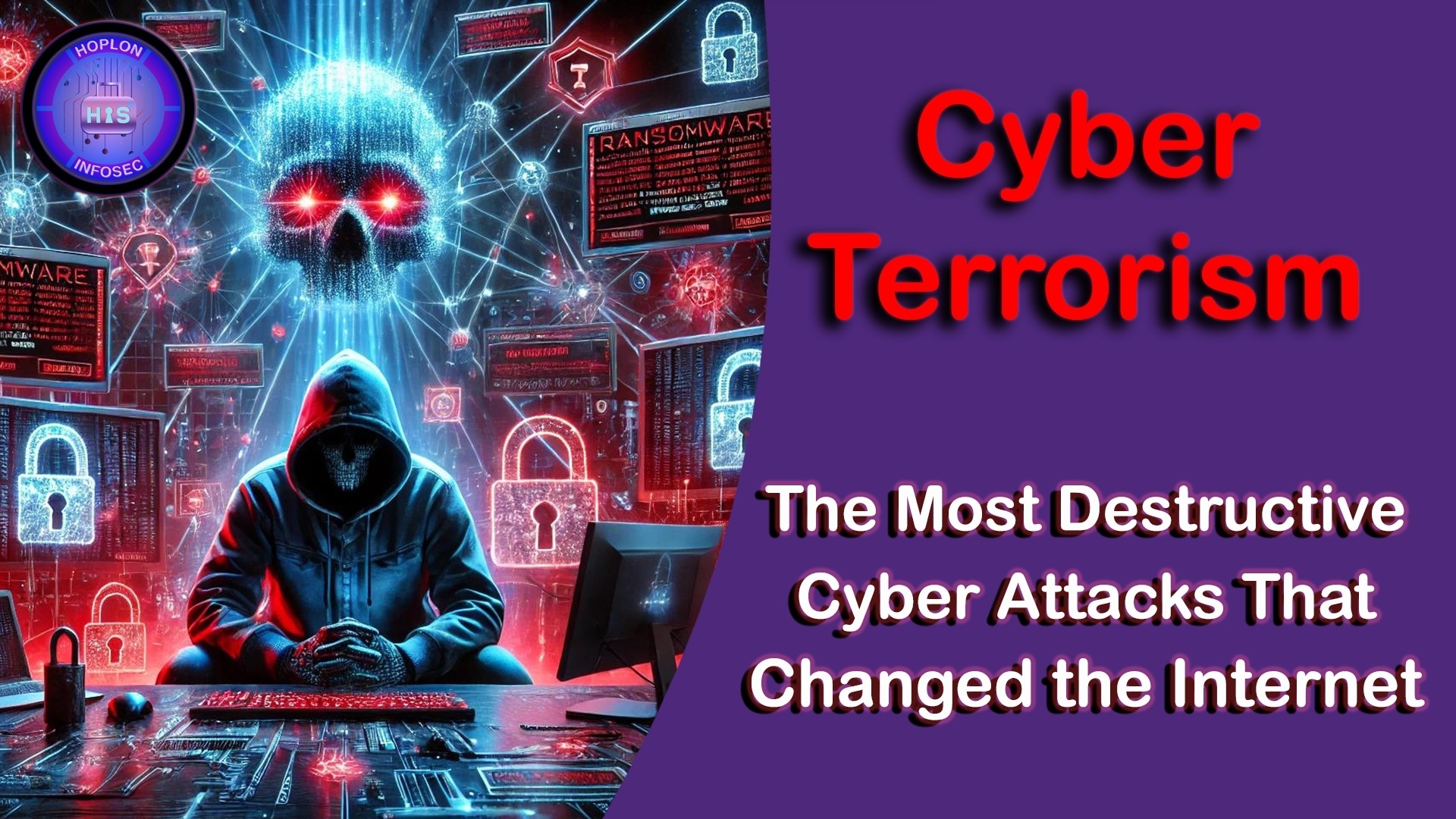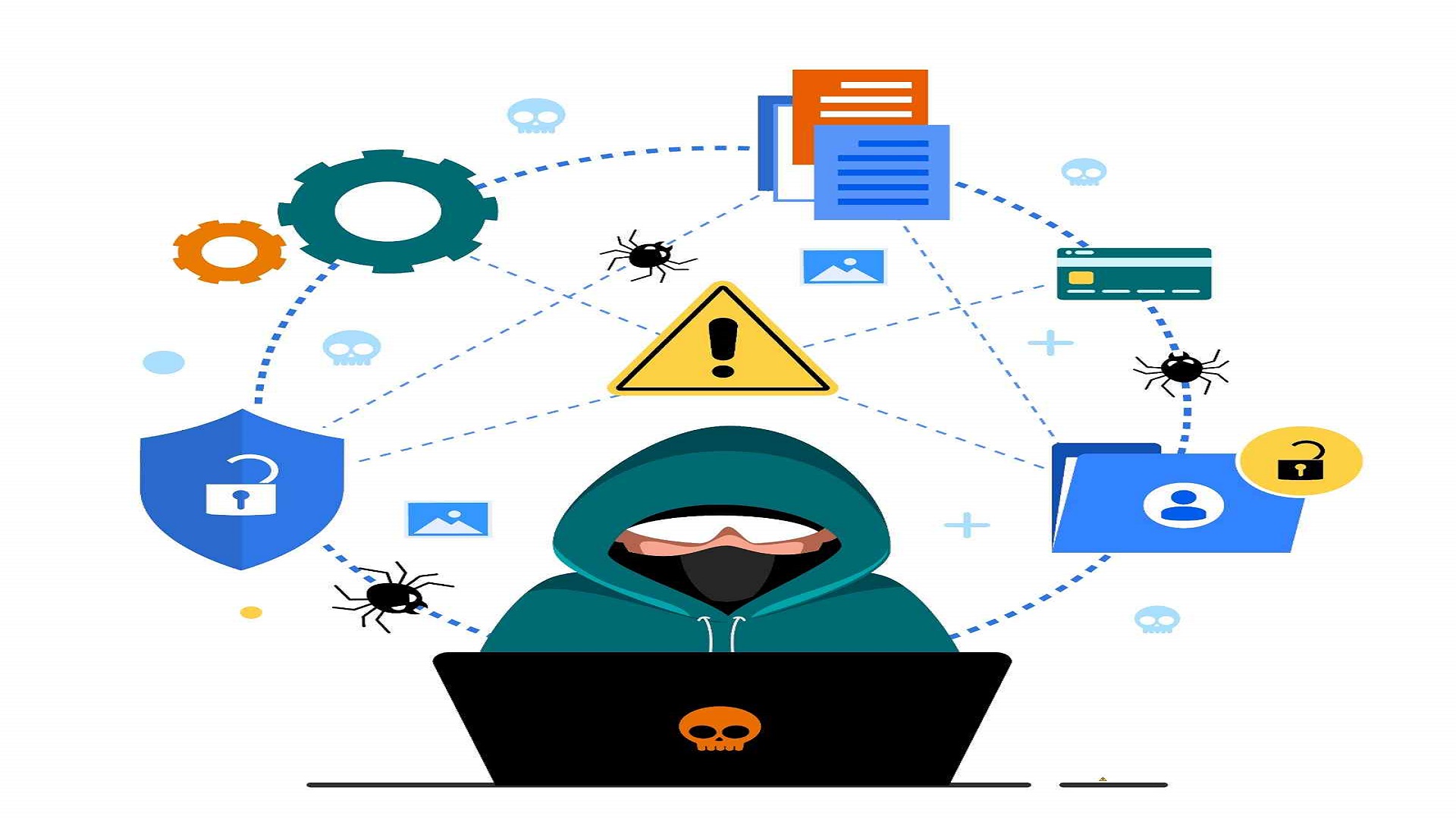Ransomware has emerged as one of the most devastating threats in the cybersecurity landscape, holding critical data hostage and demanding massive payouts from victims. Over the years, cybercriminals have refined their tactics, launching highly sophisticated attacks that have crippled industries, disrupted governments, and drained billions from the global economy.
From the unprecedented scale of WannaCry to the destructive force of NotPetya, ransomware attacks have evolved beyond simple extortion schemes, now impacting national security, healthcare, and global supply chains. In this article, we’ll explore some of the most notorious and damaging ransomware attacks of all time, their impact, and the lessons they have left behind.
WannaCry (2017) – The Ransomware That Brought the World to Its Knees
One of the most infamous ransomware attacks in history, WannaCry, spread at an unprecedented speed in May 2017. It exploited a vulnerability in Microsoft Windows (MS17-010), leveraging the NSA-developed EternalBlue exploit. Within hours, WannaCry infected over 200,000 computers across 150+ countries.
The attack had a catastrophic impact on the UK’s National Health Service (NHS), forcing hospitals to cancel surgeries and turn away patients. Major corporations like FedEx, Renault, and Telefónica also suffered significant disruptions. The estimated financial damage reached over $4 billion.
A key factor that made WannaCry so destructive was its worm-like propagation, which enabled it to spread autonomously without human intervention. However, cybersecurity researcher Marcus Hutchins discovered a “kill switch” in the malware’s code, effectively stopping its global rampage.
NotPetya (2017) – The Most Expensive Cyberattack in History
Initially mistaken for a variant of the Petya ransomware, NotPetya was far more insidious. Unlike traditional ransomware, it lacked a functional decryption mechanism, making file recovery impossible even if the ransom was paid. While the attack primarily targeted Ukrainian businesses and government systems, it quickly spread worldwide, affecting global corporations like Maersk, Merck, and Mondelez.
The Danish shipping giant Maersk faced devastating consequences, with over 45,000 PCs and 4,000 servers wiped out, forcing a complete IT rebuild. The estimated financial impact of NotPetya reached $10 billion, making it the costliest cyberattack in history.
NotPetya used the same EternalBlue vulnerability as WannaCry but had a far more destructive intent. Instead of being a ransom-seeking malware, it was a cyber weapon disguised as ransomware, widely believed to be the work of Russian state-sponsored hackers targeting Ukraine.
Ryuk (2018-Present) – The Ransomware That Targets the Biggest Fish
Unlike mass-spreading ransomware like WannaCry, Ryuk is highly targeted, focusing on large corporations, hospitals, and government entities. Operated by the Russian-based Wizard Spider cybercriminal group, Ryuk is known for demanding ransom payments in the millions.
One of its most devastating attacks hit Universal Health Services (UHS) in 2020, disrupting over 400 hospitals and clinics across the U.S. and U.K. The attack resulted in delays in medical procedures, forcing staff to revert to manual record-keeping.
Ryuk typically gains initial access through TrickBot or Emotet, sophisticated banking trojans that allow cybercriminals to conduct reconnaissance before deploying the ransomware. Its adaptability and effectiveness have made it one of the most persistent ransomware threats in recent years.
REvil (Sodinokibi) – The Mastermind of Double Extortion
Emerging in 2019, REvil (also known as Sodinokibi) quickly became one of the most feared ransomware gangs. Unlike traditional ransomware groups, REvil pioneered double extortion—a strategy where attackers first steal sensitive data before encrypting it. If victims refuse to pay, the stolen data is leaked online.
One of the most high-profile REvil attacks occurred in July 2021, targeting IT management firm Kaseya VSA. The attack compromised over 1,500 businesses worldwide, with the hackers demanding a staggering $70 million ransom.
Another major attack attributed to REvil was the JBS Foods ransomware attack, which temporarily shut down meat production in North America and Australia, highlighting the growing threat ransomware poses to global supply chains.
Despite its prominence, REvil’s operations were disrupted when law enforcement agencies took action against its infrastructure in late 2021, forcing the group to temporarily disband. However, remnants of the group have resurfaced under different names, proving that ransomware gangs rarely disappear entirely.
LockBit – The Most Prolific Ransomware Group Today

LockBit has rapidly risen to become the most dominant ransomware in recent years, accounting for nearly 25% of all ransomware attacks in 2022. First detected in 2019, LockBit operates as a ransomware-as-a-service (RaaS) model, allowing cybercriminal affiliates to use its infrastructure in exchange for a share of the ransom.
LockBit has targeted manufacturing, healthcare, government, and financial institutions, with ransom demands frequently exceeding $50 million. The group continuously evolves, launching LockBit 3.0, which introduced improved encryption and a bug bounty program—a chilling innovation that rewards hackers for finding vulnerabilities in its ransomware.
DarkSide – The Attack That Shook U.S. Infrastructure
DarkSide gained global attention in May 2021 when it orchestrated the Colonial Pipeline attack, one of the most disruptive ransomware incidents in U.S. history. By encrypting the pipeline’s IT systems, DarkSide forced the largest fuel pipeline in the U.S. to halt operations, causing widespread fuel shortages and panic buying.
The company paid a $4.4 million ransom to restore operations, though the FBI later recovered part of the payment. The attack underscored the national security threat posed by ransomware and led to increased government action against cybercriminal organizations.
Following intense scrutiny, DarkSide’s servers were seized, and the group seemingly vanished. However, like many ransomware operators, its members likely rebranded under a different name, continuing their cybercrime activities.
Conti – The Ruthless Cybercrime Syndicate
Conti, known for its aggressive tactics, was responsible for one of the most devastating ransomware attacks on a national government. In 2022, Conti targeted Costa Rica, disrupting critical public services, including tax collection, healthcare, and social security. The attack was so severe that the Costa Rican government declared a national state of emergency—a first for a ransomware attack.
Conti’s leaked internal communications in mid-2022 revealed the group’s highly organized structure, resembling a corporate entity with salaried employees, HR policies, and even performance bonuses for hackers. Though the group eventually disbanded, its members likely migrated to other ransomware factions, continuing their criminal operations under new identities.
Conclusion
Ransomware has transformed from a cyber nuisance into a global security crisis, affecting every sector from healthcare to critical infrastructure. The attacks outlined above serve as stark reminders of how sophisticated and destructive ransomware has become.
Defensive strategies have evolved to counter these threats, but the battle is far from over. Regular data backups, multi-factor authentication, employee training, and zero-trust security models are now essential for mitigating ransomware risks. Governments and cybersecurity experts continue to push for stricter regulations and more aggressive law enforcement actions against ransomware gangs.
As cybercriminals refine their tactics, the world must remain vigilant. The war against ransomware is not just a fight for cybersecurity—it’s a fight for the safety and stability of our digital future.
References:
https://www.csoonline.com/article/570361/the-worst-and-most-notable-ransomware.html







